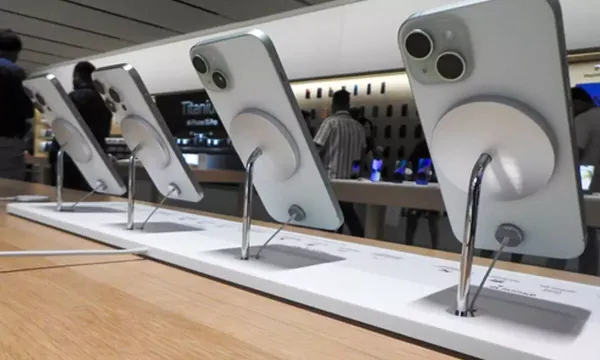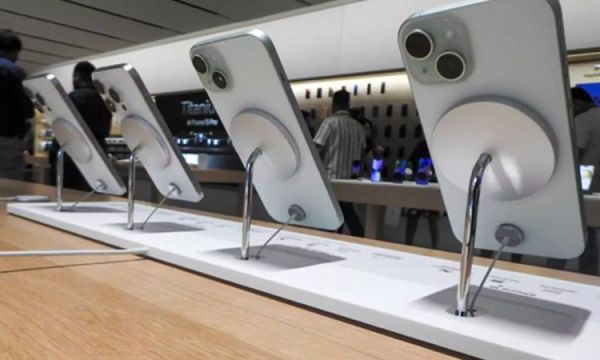
According to a recent survey, sales of refurbished smartphones increased 5% (year over year) globally in 2024 as Apple solidified its position as the market leader, accounting for 56% of sales as opposed to 51% in 2023.

In contrast, the market for new smartphones grew 3% year over year after a challenging 2023.
However, according to Counterpoint Research’s “Secondary Smartphone Market Report,” after two to three years of steady development across regions, the refurbished industry reached maturity in 2024 and even stagnated in certain areas.
In 2024, Apple almost drove secondary market growth on its own. Only a small number of OEMs had an increase in sales in 2024, which caused its proportion to rise to 56%.
In order to get reasonably priced iPhones, an increasing number of customers resorted to the secondary market.
Older models like the iPhone 11 and 12 series accounted for the majority of Apple’s increase this time. Many customers kept the iPhone 13 and 14 series on the market for longer than expected, which led to a shortage of supplies, according to senior research analyst Glen Cardoza.
The worldwide refurbished ASP fell 11% YoY in 2024 to $394 from $445 in 2023 due to the severe impact on the availability of newer iPhone models.
In contrast, despite a decline in the brand’s worldwide market share, Samsung’s ASP improved as a result of consumers’ growing fondness for its flagship Galaxy S series.
Better-quality trade-ins have been produced by more robust gadgets, which has decreased the need for refurbishing. Additionally, many players are selling old cellphones “as is” in order to preserve margins due to the increased expenses of labor, equipment, and replacement parts, Cardoza noted.
In the meanwhile, 5G smartphones had a sharp increase in popularity across all brands, making for 42% of the worldwide market for reconditioned smartphones in 2024, up from 28% in 2023.
According to the analysis, if there hadn’t been a shortage of newer iPhones between Q2 and Q4 of 2024, the 2024 share would have been much higher.